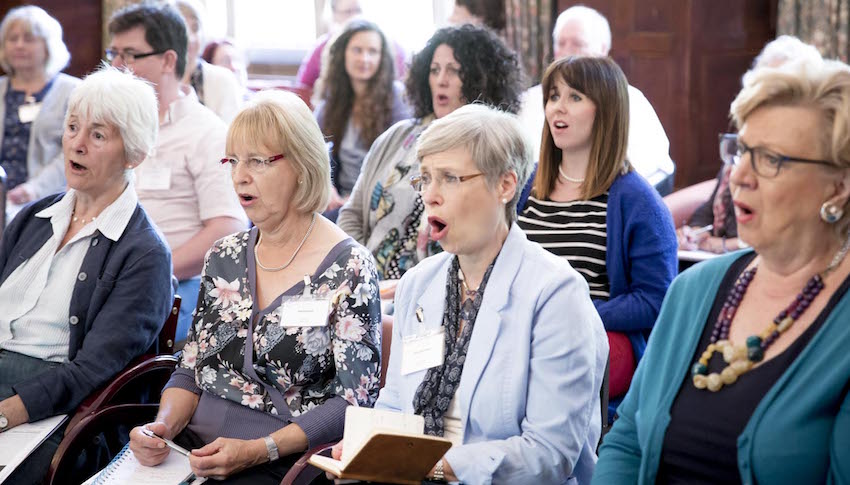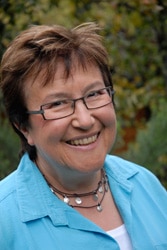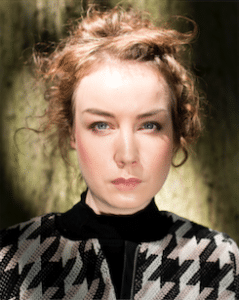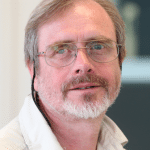Autumn 2017 Conference
Autumn 2017 Conference
Text, rhythm, melody, harmony, action, imagination
with David Vinden, Sue Anderson, Niamh McGuckin, Nicola Harrison and Alan Watson
Sunday 29th October, 2017
10.30am to 4.30pm
St Paul’s School for Girls

This year’s Autumn Conference brings together all of the component parts of song and vocal technique and promises to be an exciting day of activity provided by our panel of highly experienced presenters.
We will focus on a practical exploration of the components of singing, aiming to provide you with a set of useful tools to take back and incorporate into your own practice. The day will cover Kodàly, engaging students with text, top tips to aid accompanying in lessons, and the most up-to-date research and practical application on how to use imagery in teaching singing.
The structure of the day aims to provide relevant teaching material that will be applicable across classical, music theatre, and contemporary genres, for beginners as well as advanced students: developing the fundamentals of best practice in voice teaching.

David Vinden: Two-part hearing development
David is Professor of Kodály at the Guildhall School of Music and Drama, London. Kodály has many applications in teaching singing – how can we use it best? His talk will focus on two-part hearing development, and the three different aspects that are the most important aspects of musicianship training: rhythm, simple harmony, and melody.
- Learning to develop good rhythm reading [through the use of flash cards] incorporating quite a few pedagogically sound ideas. Good reading is actually about developing two-part hearing – hearing the sound of and singing or clapping the present bar while reading (internalising) the next bar.
- Simple harmonic hearing. Often singers don’t have very advanced piano skills so their knowledge of harmony is rather rudimentary. By taking simple songs we can develop an understanding of what harmony fits and this also feeds into knowledge of cadences and so on.
- Hearing two melodies at the same time. If the teacher sings a canonic melody and the students follow by singing it a bar later, without the music, they have to sing that a bar but listen to the new bit of melody being sung by the teacher at same time. This forces two-part hearing. Actually this strikes at the heart of good sight reading because good readers are reading a bar ahead of what they are singing. This exercise also develops dictation skills, two-part singing and playing and a host of other crucial skills. All will be explained!

Sue Anderson: Accompaniment – the use of the piano by singers and teachers of singing
Sue teaches singing, performs as a singer and has accompanied many times for AOTOS; she is author of Keyboard Skills for the Reluctant Pianist.
Many shy away from accompanying and Sue will guide us through the basics that help even the most challenged pianists as well as short cuts for the more advanced among us.
Many singers think of themselves as ‘failed pianists’, having struggled with the peculiar demands on the brain of two staves, two hands, with up-down and left-right orientation. When the focus of study is switched from pianistic repertoire and performance to melodic and harmonic exploration, students are free to gain essential physical skills and muscular co-ordination in a structured version of ‘messing around’ at the keyboard. Playing by ear, transposing, enriching and harmonising melodies and improvising form an integral part of learning the piano this way. Notation then links the melodic and harmonic shapes that the ears and hands already know well with the printed score.

Niamh McGuckin: Vitality and narrative in song – engaging students with text
NiamhMcGuckin trained in Musical Theatre & Acting at the Royal School of Speech and Drama, returning a few years later to gain her MA in Voice Studies. Since graduating, Niamh has been working freelance as a voice coach and as Head of Spoken Voice at the London College of Music.
“Having taught voice and singing for almost ten years,” she says, ” I believe that the essence of all performance lies within the analysis of the text and the methods by which a real sense of engagement can take place. The difficulties, however, will always boil down to the inability to access ideas, thoughts and indeed language that is often archaic but also to grasp concepts and emotions less well accepted by the young contemporary performer. This presentation will include an exploration of some tried and tested techniques, created in studio, that will marry the world of voice and song as one and hopefully allow us to rekindle the vitality in the text that is essential in coaching effective and memorable performances.”
Nicola Harrison & Alan Watson: Anatomy and imagination in effective singing teaching
 Nicola and Alan have pioneered working with imagery, researching the most effective ways of linking the physical to the imagery in the teaching of singing to provide an effective tool.
Nicola and Alan have pioneered working with imagery, researching the most effective ways of linking the physical to the imagery in the teaching of singing to provide an effective tool.
 The effective training of the singing voice involves the precise activation of numerous muscles in varying combinations to shape and support the sound. Many of these muscles are not under conscious control. The act of training the singing voice could be fancifully described as a mysterious alchemy of anatomy and imagination.
The effective training of the singing voice involves the precise activation of numerous muscles in varying combinations to shape and support the sound. Many of these muscles are not under conscious control. The act of training the singing voice could be fancifully described as a mysterious alchemy of anatomy and imagination.
But how can we effectively train the muscles of singing to safely achieve the demands of repertoire? How can we access muscle that is not under conscious control? And how can we test that our imagery is having a positive effect on the development of the instrument?
Working in collaboration, Nicola and Alan will present some fascinating information from their work on brain, motor imagery and its application to the training of singers in a two-handed presentation that combines art, science and practical demonstration.
Find out more about our speakers.
Provisional timetable
10:30am Registration and coffee
11am David Vinden
noon Niamh McGuckin
1pm Lunch
2.30pm Sue Anderson
3.15pm Nicola Harrison & Alan Watson
4.30pm Questions
Getting there
- The school is ten minutes’ walk from Hammersmith tube station (Piccadilly, District & Circle, and Metropolitan lines).
- On-street parking is free on Sundays in Brook Green.
- Step-free and wheelchair access is available.
Prices (including lunch and coffee)
- AOTOS members: £60
- Non-members: £80
- Full-time students: £25
How to pay
- To pay by debit card, credit card or Paypal, click below to fill in the form; you’ll then be taken to the Paypal site to complete payment (you don’t need a Paypal account).
- To pay by cheque or bank transfer, click below to fill in the form, send it, then email the Administrator, Beck Laxton, at administrator@aotos.org.uk, for our bank details and the address to send cheques to.
Sorry, booking closed at midnight on Wednesday 18 October and we are not able to accept late bookings.
Bursaries
The Norman Tattersall Bursary Fund exists for the purpose of offering financial help to members wishing to attend AOTOS national conferences and will be the equivalent of one day’s conference fee. To be considered for a bursary, please apply to the Secretary, Jan Spooner Swabey, at least four weeks before the conference, including a short paragraph outlining your reasons for applying. Applications are dealt with in confidence.
